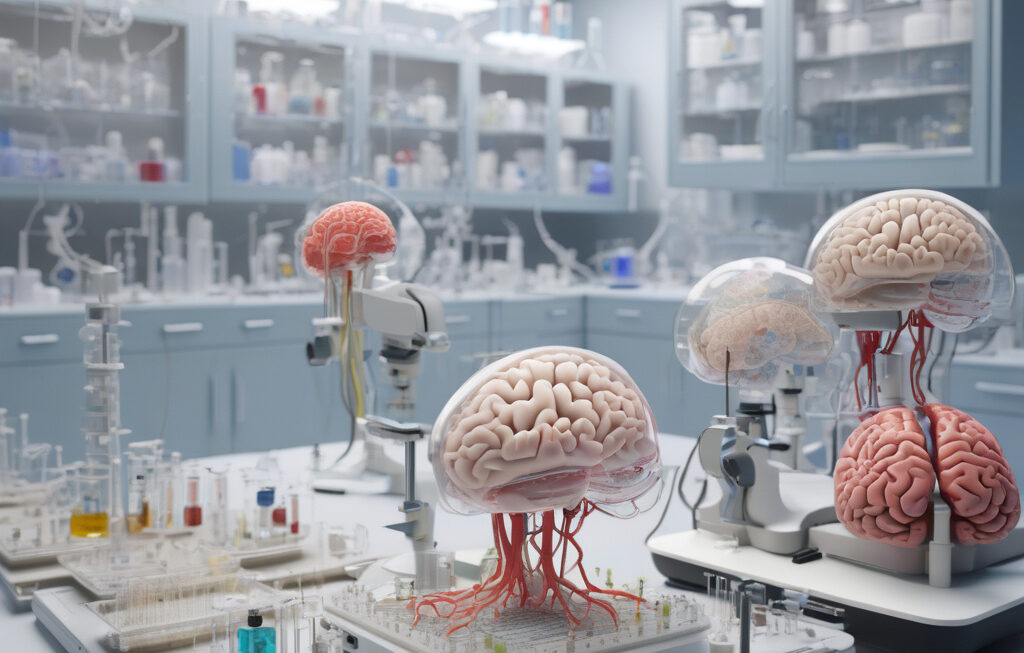China Unveils Quantum-Embedded GNN for Drug Discovery
In the realm of drug discovery, precision and efficiency are paramount. Thus, the unveiling of a quantum-embedded Graph Neural Network (GNN) by a Chinese team marks a significant leap forward in the quest for more accurate predictions of drug properties. This cutting-edge technology incorporates edge encoding to enhance its predictive capabilities, particularly on the inherently noisy quantum hardware.
The integration of quantum computing into the realm of drug discovery is a groundbreaking development with far-reaching implications. By leveraging the principles of quantum mechanics, researchers can tackle complex computational challenges that are beyond the capabilities of classical computers. Quantum computers have the potential to revolutionize the field of drug discovery by significantly speeding up the process of simulating and analyzing molecular interactions, leading to the rapid identification of promising drug candidates.
The quantum-embedded GNN unveiled by the Chinese team represents a novel approach to harnessing the power of quantum computing for drug discovery. GNNs are a class of artificial neural networks that operate on graph-structured data, making them well-suited for modeling the complex relationships inherent in molecular structures. By embedding quantum capabilities into the GNN framework, researchers can leverage the unique properties of quantum computing to enhance the accuracy and predictive power of the model.
One of the key innovations of the quantum-embedded GNN is the incorporation of edge encoding, a technique that enriches the representation of molecular graphs by capturing additional structural information. This allows the model to better capture the nuances of molecular interactions, leading to more accurate predictions of drug properties. By enhancing the fidelity of the input data, edge encoding enables the quantum-embedded GNN to achieve higher levels of predictive accuracy, even in the presence of noise inherent in quantum hardware.
The implications of this technological advancement are far-reaching. By enabling more accurate predictions of drug properties, the quantum-embedded GNN has the potential to streamline the drug discovery process, reducing the time and resources required to identify viable drug candidates. This not only accelerates the pace of drug development but also holds the promise of unlocking new treatments for a wide range of diseases.
Furthermore, the development of quantum-embedded GNNs represents a significant step forward in the convergence of quantum computing and artificial intelligence. By marrying these two cutting-edge technologies, researchers are paving the way for a new era of innovation in drug discovery and beyond. The synergistic combination of quantum computing and machine learning holds immense potential for transforming industries and solving complex problems that were once thought to be insurmountable.
As we stand on the cusp of a new technological frontier, the unveiling of China’s quantum-embedded GNN for drug discovery underscores the country’s commitment to pushing the boundaries of scientific innovation. By harnessing the power of quantum computing and artificial intelligence, researchers are poised to revolutionize the field of drug discovery, bringing us one step closer to a future where precision medicine is not just a possibility but a reality.
China, Quantum, GNN, DrugDiscovery, Innovation












